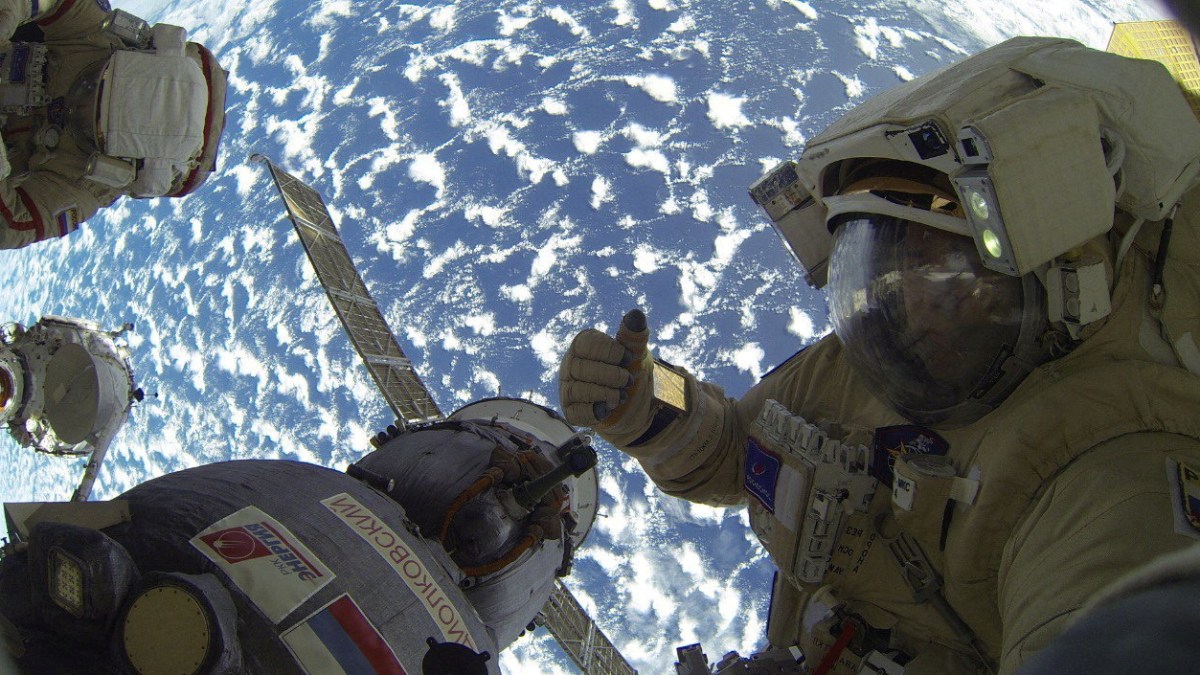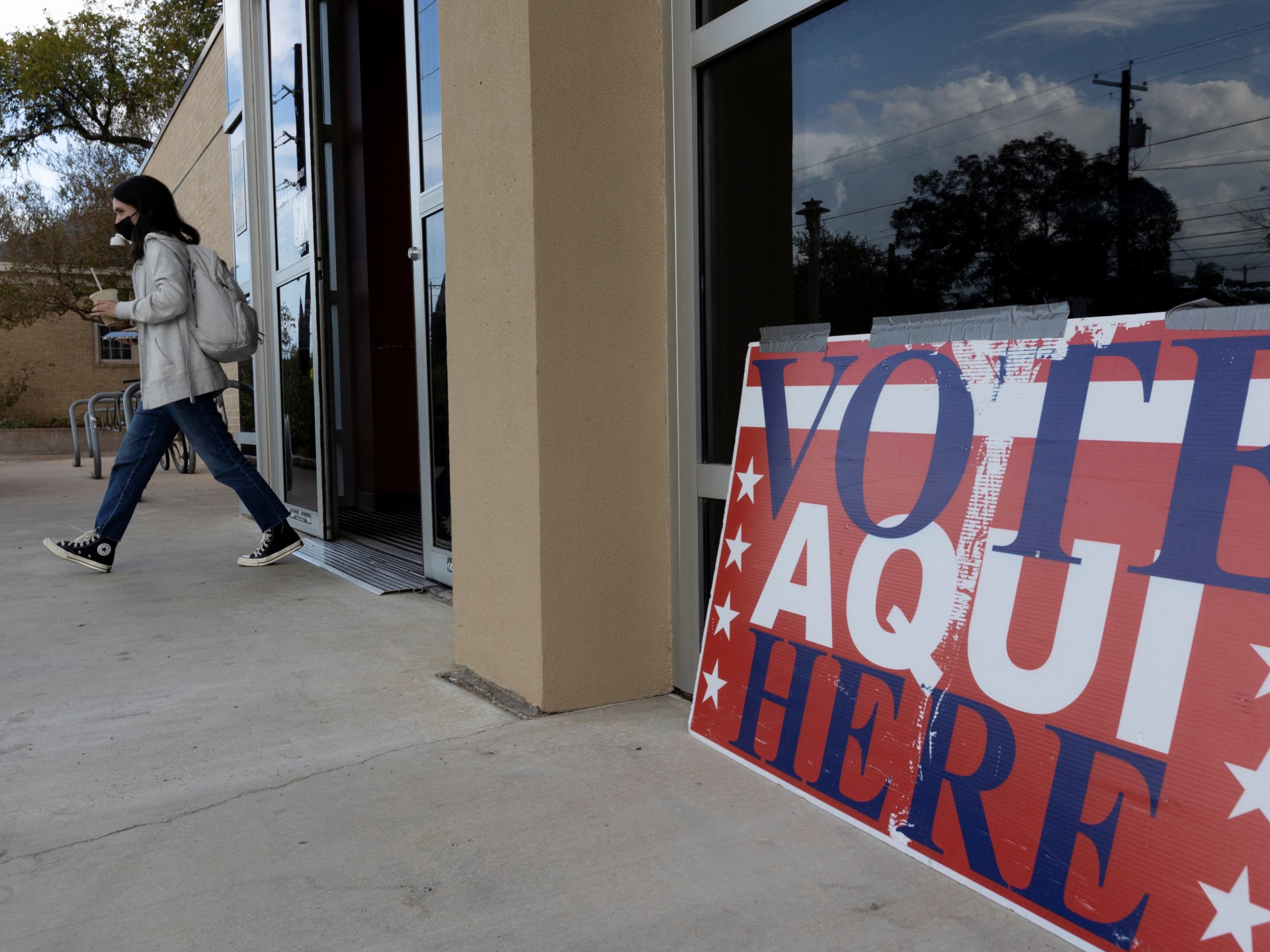Russia considers ways to return space crew after capsule leak | Space News
Tests are being conducted to determine whether the Soyuz MS-22 capsule is unfit for crewed flight after coolant leak.
Russia’s space agency is considering a “rescue” plan to bring home three crew members ahead of schedule from the International Space Station (ISS) after their Soyuz capsule sprang a coolant leak.
Roscosmos and NASA officials said at a news conference on Thursday that they are continuing to investigate how the coolant line of the capsule’s external radiator sustained a tiny puncture last week, just as two cosmonauts were preparing for a routine spacewalk.
No final decision has been made about the precise means by which the three Russian crew members will return to Earth – whether by launching another empty Soyuz to retrieve them or by the seemingly less likely option of sending them home in the leaky capsule without most of its coolant.
Sergei Krikalev, who leads human spaceflight programs at Russia’s Roscosmos, told reporters the damage was being assessed.
LIVE: Listen as we discuss the ongoing investigation of an external leak that occurred on Dec. 14 from the Soyuz spacecraft docked to the @Space_Station.
— NASA (@NASA) December 22, 2022
If a thermal analysis, which assesses how hot it will get inside the cabin, concludes that the Soyuz MS-22 capsule is unfit for crewed flight, then a scheduled launch of another Soyuz capsule in mid-March from Baikonur Cosmodrome could be moved up and the capsule would be sent to the ISS without crew, he said.
“They’re looking at late February to send up the next Soyuz vehicle,” added Joel Montalbano, NASA’s ISS program manager, who was also on the call.
If this were the case, the damaged spaceship would return to Earth without a crew.
Krikalev said last week that the leak could have been caused by a micro-meteoroid strike. But he and his NASA counterparts have left open the possibility of other reasons, such as a hardware failure or an impact by a tiny piece of space debris.
The ISS said on Wednesday it had conducted a Debris Avoidance Manoeuvre – one of three such operations so far this year. The two earlier were in June and October.
At 8:42am ET, the space station conducted a Pre-Determined Debris Avoidance Maneuver to provide an extra measure of distance away from the predicted track of a fragment of debris, which resulted in a postponement of the spacewalk by @NASA_Astronauts.
— International Space Station (@Space_Station) December 21, 2022
The leak on December 14 prompted mission controllers in Moscow to call off a spacewalk as a dramatic live NASA webcast showed what appeared to be a flurry of snowflake-like particles spewing from the rear of the Soyuz spacecraft.
The leak lasted for hours and emptied the radiator of coolant used to regulate temperatures inside the crew compartment of the spacecraft.
NASA has said that none of the ISS crew was ever in any danger from the leak.
The Russian capsule’s crew compartment is currently being vented with airflow allowed through an open hatch to the ISS. NASA has previously said the capsule’s temperatures remain “within acceptable limits” but Krikalev added that the temperature would rise rapidly if the hatch to the ISS were closed.
The ISS is a science laboratory spanning the length of a football field, orbits about 400km (250 miles) above the Earth and has been continuously occupied for 20 years.
The station is managed by a US-Russian-led partnership, which also includes Canada, Japan and 11 European countries. It has remained a rare venue of cooperation between Moscow and Washington since the start of Russia’s war on Ukraine and ensuing Western sanctions on Russia.
Cosmonauts Sergey Prokopyev and Dimitry Petelin – who were suited up for the spacewalk at the time the leak was discovered – flew to the ISS on board the now-crippled MS-22 capsule along with US astronaut Frank Rubio in September.
Four other ISS crew members – two more from NASA, a third Russian and a Japanese cosmonaut – rode to the ISS in October via a NASA-contracted SpaceX Crew Dragon. They also remain on board, with their capsule parked at the ISS.
The leak has upended Russia’s ISS routines for the weeks ahead, forcing a suspension of all future Roscosmos spacewalks as officials in Moscow shift their focus to the leaky MS-22.




